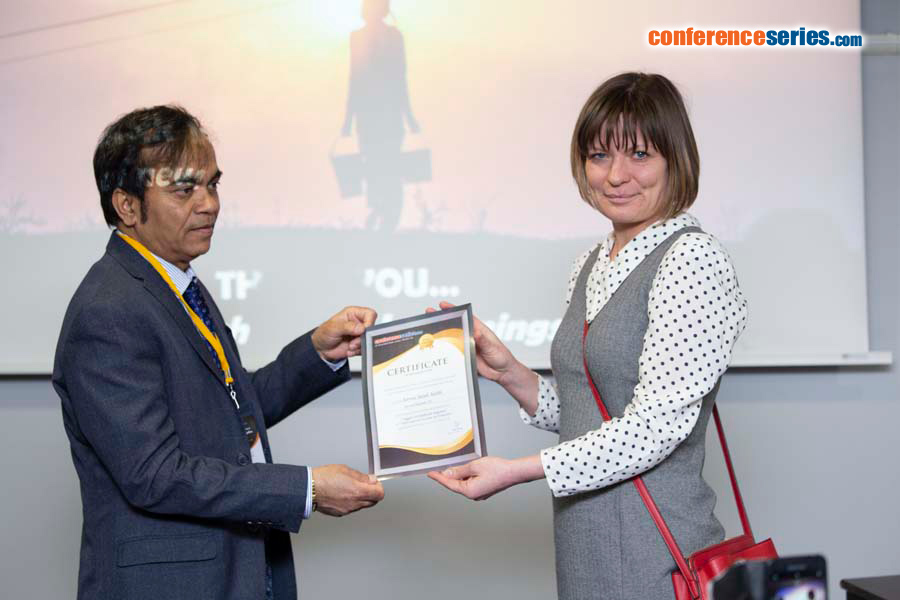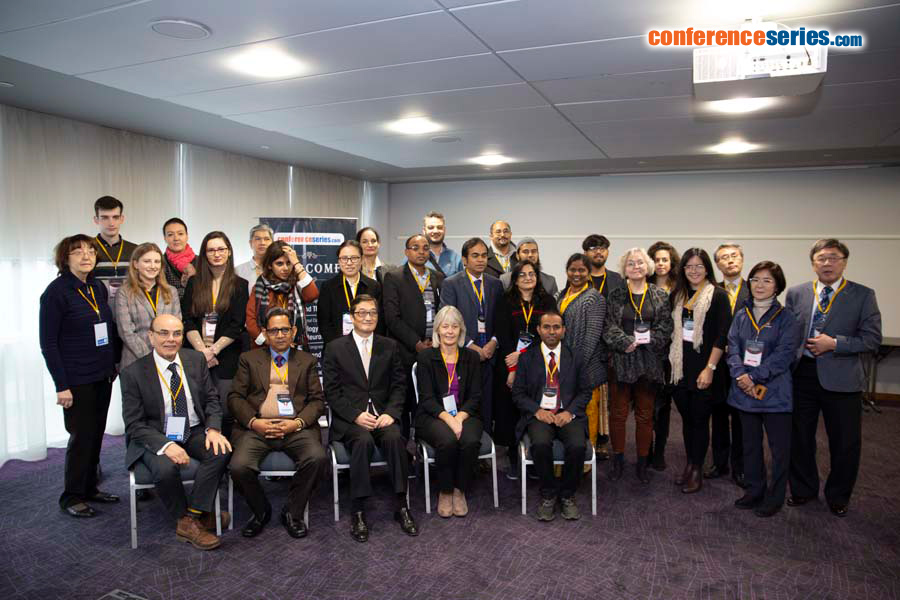Biography
Biography: Anwar Jamal Ayubi
Abstract
Objective:
Currently there is limited research into triggers of childhood migraine1 – 7. The aim of this study was to identify trigger in young patients with migraine.
Methods:
This is non-interventional hospital-based study of healthy patients (< age of 17 years) with migraine. Migraineurs must experience > two attacks of migraine that almost always or often precipitate an attack of headache. Trigger was defined as any factor that on exposure leads to of a migraine attacks. We did not inquire about the duration, amount or severity of exposure of trigger factors. Also we did not break down figures regarding particular factor.
Results:
In the present study, 362 migraineurs reported at least one factor that triggered an attack of acute migraine. In our cohort, we were able to identify in total 14 different triggers of migraine. Majority (n=263; 72%) patients reported one trigger. Table shows common factors. Bright light, missing meals, computer games and exercise were the least common migraine triggers. Majority of patients with MA and those with MoW indicated their migraine triggered mostly by one factor (71% vs. 74% respectively), and prevalent triggers in both groups are the same.
Comment and recommendations:
Interestingly, when analysing our findings and available data migraine triggers, there are similar themes, that migraine triggered by common factors despite different societies, climates and cultures. This raises questions regarding the mechanism of action of triggers. It is important for health workers to identify migraine triggers as education of patients, parents and teachers would play a major role in migraine prevention. Because drug preventive therapy of migraine, has adverse effects, lack of satisfied responses, poor-compliance, limitations that restrict their use in children, and no specific drug has yet been specifically designed to prevent migraine.
Recent Publications:
- Chakravarty A et al., J Headache Pain. 2009; 10:375–380.
- Neut D et al., Headache Pain. 2012; 13: 61–65.
- Solotareff L et al., J Child Neurol. 2017 Jul; 32:754-758.
- Fraga MD et al., Arq Neuropsiquiatr. 2013;71:290–293.
- Kelman L. Cephalalgia. 2007; 27:394–402.




